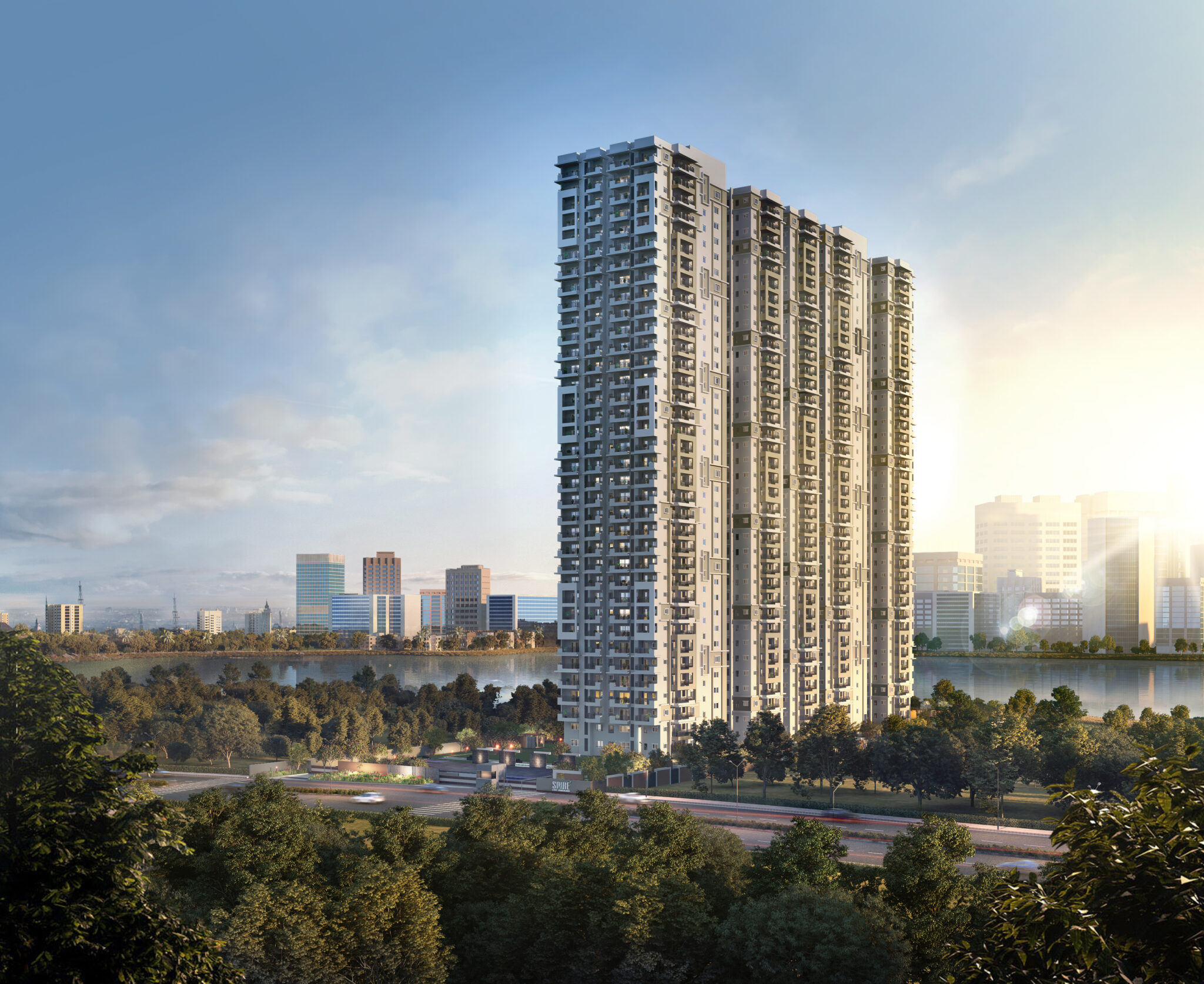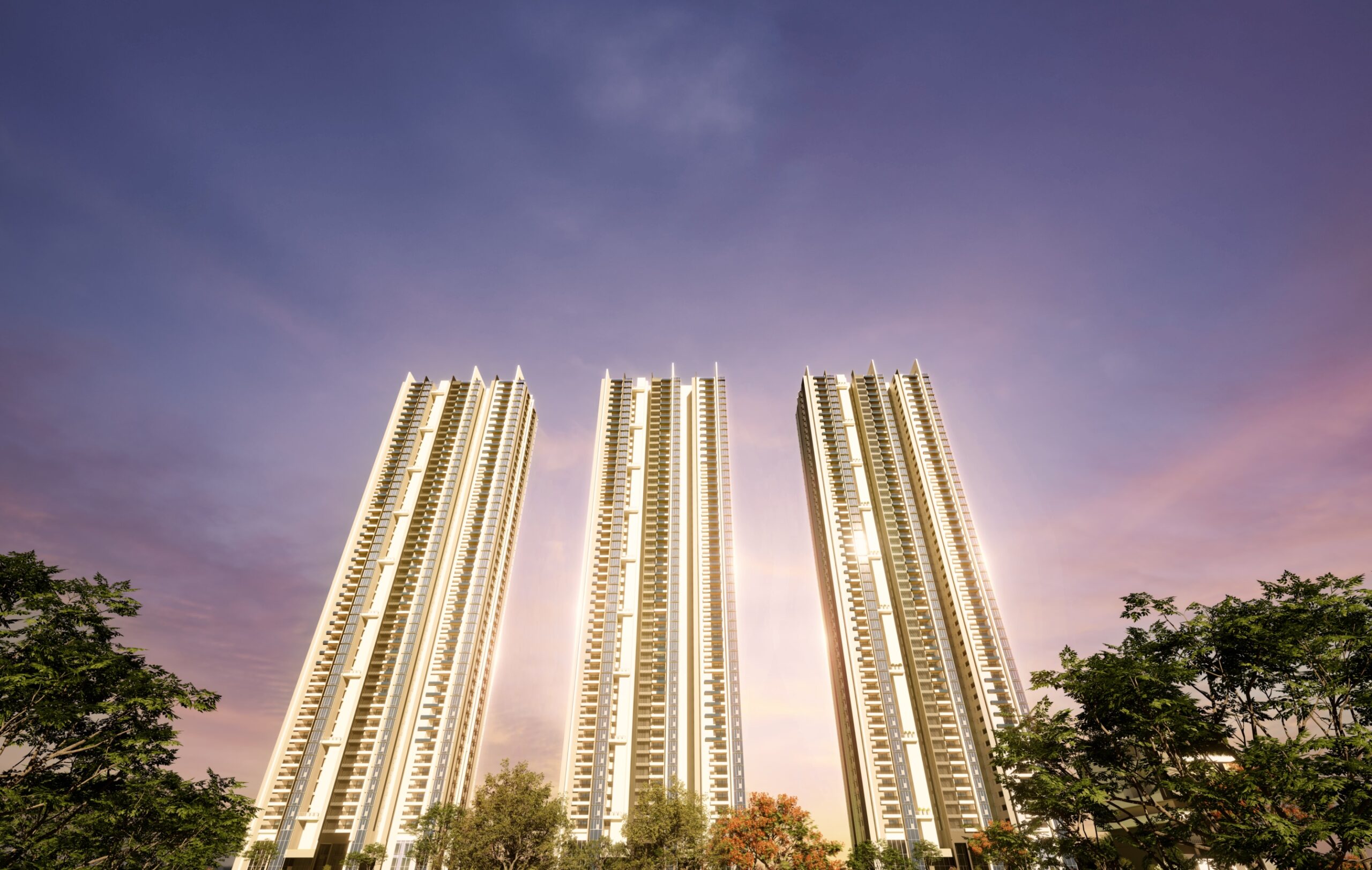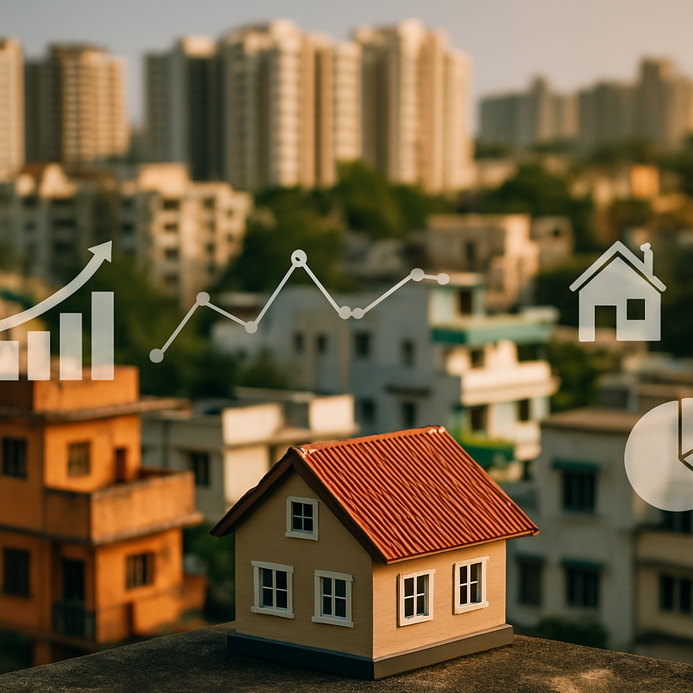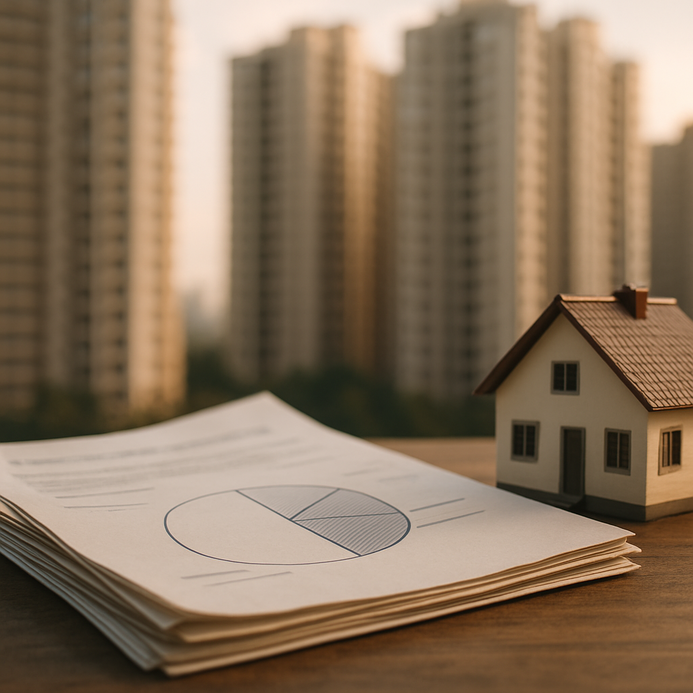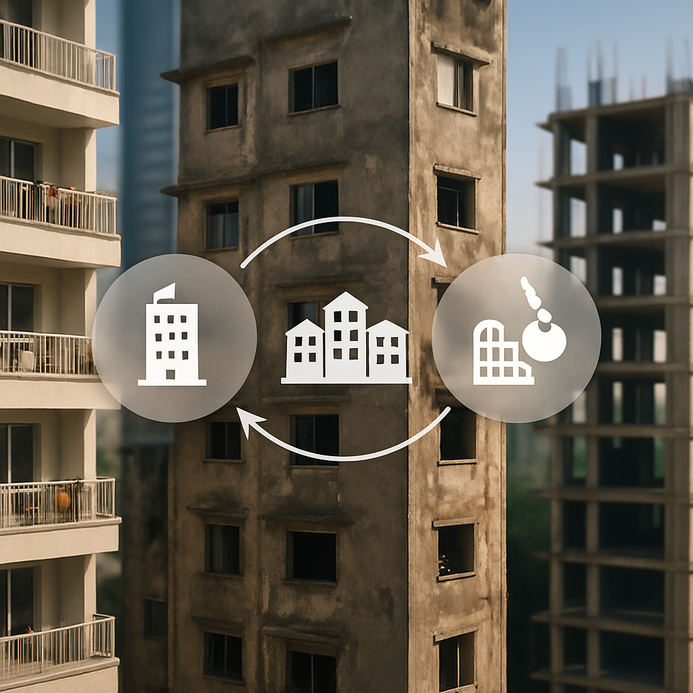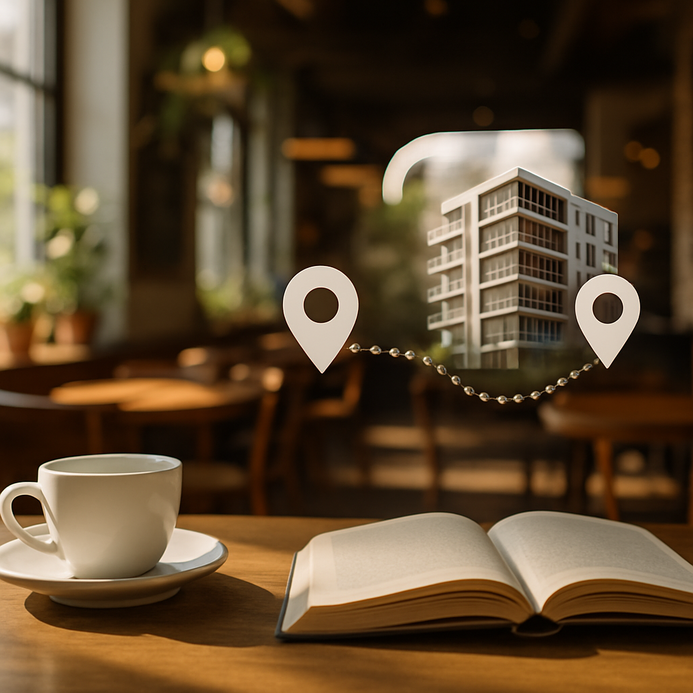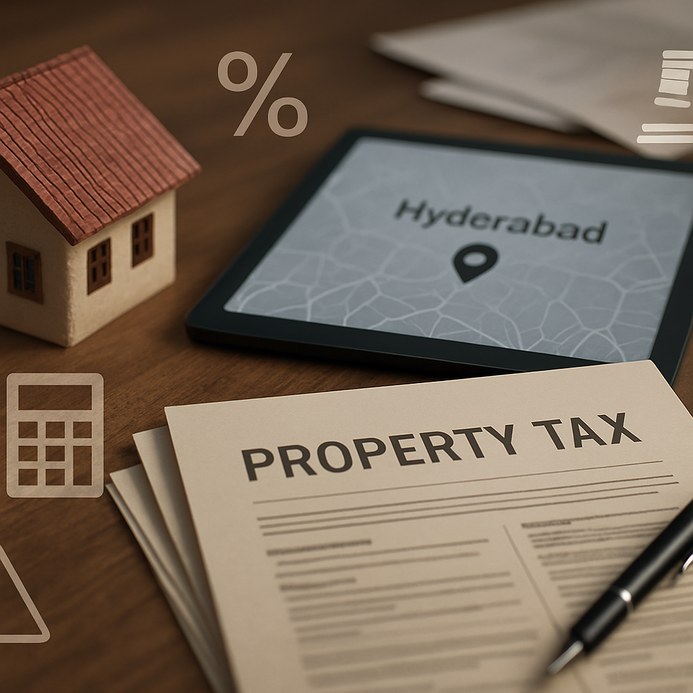Fire Safety in High-Rise Buildings: How to Protect Your Family
- 1 Understanding Fire Safety in High-Rise Buildings
- 2 Essential Fire Safety Equipment Every Resident Should Know
- 3 Key Fire Safety Protocols and Best Practices
- 4 The Role of Residents in Fire Emergencies
- 5 Enrolling in Fire and Safety Courses
- 6 FAQ
- 6.1 1. What should I do during a fire emergency in a high-rise building?
- 6.2 2. How often should I check my smoke detectors?
- 6.3 3. What are the key fire safety equipment pieces I should be familiar with?
- 6.4 4. Why are fire safety courses important for residents?
- 6.5 5. How can I help my neighbors during a fire emergency?
Understanding Fire Safety in High-Rise Buildings
Fire safety in high-rises? It’s a big deal. These towering structures, while impressive, come with challenges. The height, the complex layout, it can be daunting. And that’s why it’s super important for residents to get a grip on these issues. Each unit, every floor, needs to follow specific codes to ensure a swift emergency response. Strategic placement of safety gear like alarms, extinguishers, and sprinklers plays a major role in keeping folks safe.
Key Fire Safety Challenges in High-Rises
1. Evacuation Issues: Multiple floors mean hurdles in an emergency. Fire drills? They help get everyone ready to exit quickly.
2. Long Arrival Times: Firefighters might take a while to reach those top floors, highlighting the need for solid on-site safety measures.
3. Smoke Spread: Smoke can rush through vertical shafts, managing airflow is key to slowing it down.
4. Dependence on Equipment: Regular checks on alarms and sprinklers are vital. You want them working when you need them most.
5. Fire Rating in Materials: Building materials should meet fire-rated standards. Insulated walls and doors? They help slow down the spread of fire.
6. Communication Systems: Good communication during a fire is essential. Everyone should know emergency procedures.
Taking part in a fire safety course can be incredibly useful. It provides you with essential fire prevention strategies and a plan for emergencies. Implementing solid fire safety measures and jumping into courses can really empower residents. And if you’re curious about local real estate matters, check our articles on local property taxes and community safety standards.
Essential Fire Safety Equipment Every Resident Should Know
Living in a high-rise? You need to know the fire safety equipment around you; it’s crucial. Familiarity with these devices can make a world of difference. Check out this list of must-know safety gear:
| Equipment | Description | Importance |
|---|---|---|
| Smoke Detectors | These sense smoke, triggering alarms. | They give early warnings, allowing time to get out. |
| Fire Alarms | Alert systems for smoke or fire awareness. | Ensure a quick response to fire hazards. |
| Sprinkler Systems | Automatically spray water when a fire is detected. | Helps control or put out fires, minimizing damage. |
| Fire Extinguishers | Portable tools for tackling small fires. | Can stop minor fires from turning serious. |
Regular upkeep on this fire and safety gear is a must. If they’re not working, it increases risks. Connect with your management about maintenance plans. For extensive training, think about signing up for a fire safety course. You’ll learn how these devices operate and what to do in emergencies. Understanding and maintaining fire safety gear reduces risks to life and property.
And hey, for related reads, don’t miss our articles on gated communities and fire safety in communities.
Key Fire Safety Protocols and Best Practices
When a fire emergency strikes, following proper protocols is vital for everyone’s safety. Here’s a rundown of steps residents in high-rises should keep in mind, focusing on prep, action in an emergency, and recovery:
| Phase | Actions |
|---|---|
| Before a Fire |
|
| During a Fire |
|
| After a Fire |
|
Communication during a fire? Absolutely vital. Make sure everyone in your household knows the emergency procedures and gets the importance of them. Regular fire drills help reinforce these actions.
If you want to dive deeper into managing emergencies, check out our article on emergency response strategies. Maintaining fire safety in high-rises keeps residents prepared for dangerous situations while boosting overall community safety and well-being.
The Role of Residents in Fire Emergencies
When a fire emergency happens, residents are critical in keeping themselves and their neighbors safe. Knowing evacuation routes is a must. High-rises usually have marked escape routes, so familiarize yourself with them well before a crisis hits. With about 80% of fire incidents happening in residential areas (thanks, National Fire Protection Association), preparedness is key.
And don’t forget to stay calm and call 911. Clear info about the fire’s location and those potentially trapped can make all the difference.
Helping your neighbors? Absolutely vital. Residents living on lower floors should lend a hand to those who might need it, especially if mobility issues arise. Here’s a quick table on what you should be doing during a fire:
| Task | Description |
|---|---|
| Evacuate | Use marked routes; don’t take elevators. |
| Notify Authorities | Call emergency services ASAP. |
| Assist Neighbors | Help those in need, ensuring safe exits for all. |
| Use Fire Safety Equipment | If it’s safe and small, you can use extinguishers to combat minor blazes. |
| Stay Informed | Follow directions from firefighters or building management. |
Keep yourself informed and ready with the resources available. Want to dig deeper into safety measures indoors and outdoors? Check out articles like How to Maintain the Perfect Balcony Garden or What is OC and CC in Real Estate.
Enrolling in Fire and Safety Courses
For high-rise residents, understanding fire safety isn’t just important, it’s essential. By enrolling in fire and safety courses, you get equipped with skills for fire prevention and emergency response. This knowledge significantly raises safety levels in residential spaces. These courses often cover various topics, fire dynamics, safety protocols, and the right ways to use fire safety tools.
Importance of Fire Safety Courses
Joining a fire and safety course not just boosts your awareness but spreads a safety culture in your community. Here’s what training can help you with:
1. Spotting Hazards: Learn to identify potential fire risks in your home.
2. Grasping Fire Behavior: Understand how fires spread to better strategize your responses.
3. Knowing Emergency Procedures: Learn evacuation routes and first aid for emergencies.
Statistically, safety training cuts down injuries and deaths in fire incidents. For example, groups that follow structured fire safety training witness up to a 25% drop in accidents compared to those who skip it.
| Course Name | Duration | Focus Area | Provider |
|---|---|---|---|
| Fire Safety Academy | Self-paced | Science of firefighting and firefighter health | source |
| Certified Fire Protection Specialist | Varies | Certification in fire protection | source |
| Fire Safety and Prevention Course | 4 hours | Fire extinguishing and legal compliance | source |
Fire and Safety Equipment Training
Many courses offer hands-on sessions on how to effectively use fire and safety gear. This practical experience is key to being ready for emergencies. You’ll get the lowdown on:
– Fire extinguishers: Types and how to use them
– Smoke detectors: Their importance and upkeep
– Escape ladders: How to deploy safely
Knowing how to work fire prevention tools can save lives and protect property.
In short, signing up for a fire and safety course is a proactive move for anyone in high-rise buildings. For deeper dives into best practices, scope out courses from reputable outfits like Fire Safety Academy and Course for Fire Safety.
Want more insights? Check these articles out:
– Understanding Real Estate Investment Risks
– Outlook on Hyderabad Real Estate Growth
– Factors to Consider When Choosing a Home in Hyderabad
FAQ
1. What should I do during a fire emergency in a high-rise building?
Remain calm, alert others, use the nearest safe exit, avoid elevators, and stay low if there’s smoke. Follow the emergency procedures practiced during drills.
2. How often should I check my smoke detectors?
Smoke detectors should be tested monthly, and batteries should be replaced at least once a year.
3. What are the key fire safety equipment pieces I should be familiar with?
Familiarize yourself with smoke detectors, fire alarms, sprinkler systems, and fire extinguishers.
4. Why are fire safety courses important for residents?
They equip residents with knowledge and skills to effectively respond to fire emergencies, reducing risks and enhancing community safety.
5. How can I help my neighbors during a fire emergency?
Assist those who may need help evacuating, follow the established evacuation routes, and ensure everyone is accounted for after evacuation.

